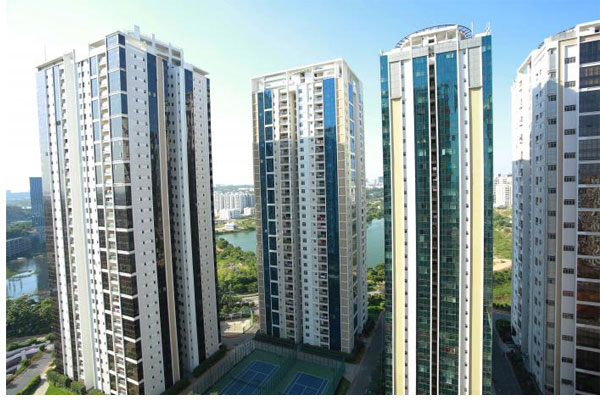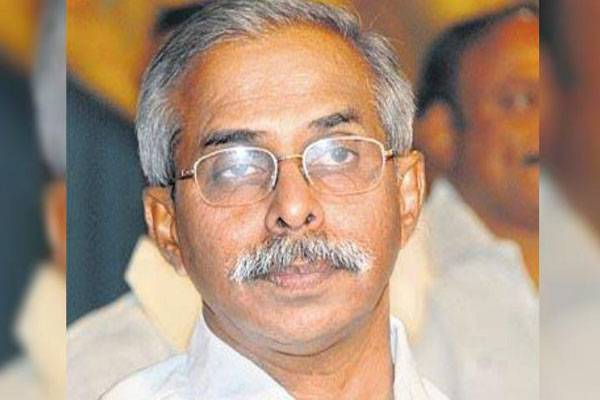Hyderabad is currently experiencing a dramatic urban crisis where unscrupulous builders are systematically undermining city planning regulations and constructing illegal multi-story buildings across residential neighborhoods. The scale of these unauthorized constructions has reached alarming proportions, putting entire communities at significant risk.
In areas like Filmnagar, Goshamahal, Old City, Abids, Gachibowli, Siddiqinagar, and Chintalabasti, builders are brazenly erecting six to seven-story structures on tiny 40-50 yard plots, completely disregarding established building norms. These constructions frequently violate critical setback regulations, environmental guidelines, and safety standards.
The most disturbing aspect of this urban menace is the apparent complicity of local municipal authorities. Investigations reveal that some corrupt officials are actively facilitating these illegal constructions by accepting substantial bribes ranging from ₹5 to 10 lakhs per floor. Task force teams, which should be preventing such violations, are instead turning a blind eye or actively participating in this systematic corruption.
The consequences of these unregulated constructions are potentially catastrophic. Many buildings are structurally unsound, with some collapsing within months of completion. The excavation processes for these constructions, often conducted using heavy machinery like JCBs, are compromising the foundations of neighboring properties and creating significant safety hazards.
Local residents are increasingly vulnerable, with many reporting intimidation when they attempt to raise complaints about these illegal constructions. In one documented case in the Mosaipet area, a concerned citizen who reported unauthorized building activities to the Greater Hyderabad Municipal Corporation was subsequently threatened by builders.
The urban landscape of Hyderabad is being transformed not through careful planning and sustainable development, but through a nexus of builders, corrupt officials, and a complete disregard for regulatory frameworks. This pattern of construction not only threatens immediate structural safety but also undermines long-term urban planning efforts.
Urgent and comprehensive intervention is required from state authorities to halt this dangerous trend. This must include strict enforcement of building regulations, immediate suspension of unauthorized constructions, legal action against corrupt officials, and a comprehensive review of the current urban planning mechanisms.
The future of Hyderabad’s urban development hangs in the balance, with each illegal construction representing a potential threat to the city’s integrity, safety, and sustainable growth.
-Sanyogita


































